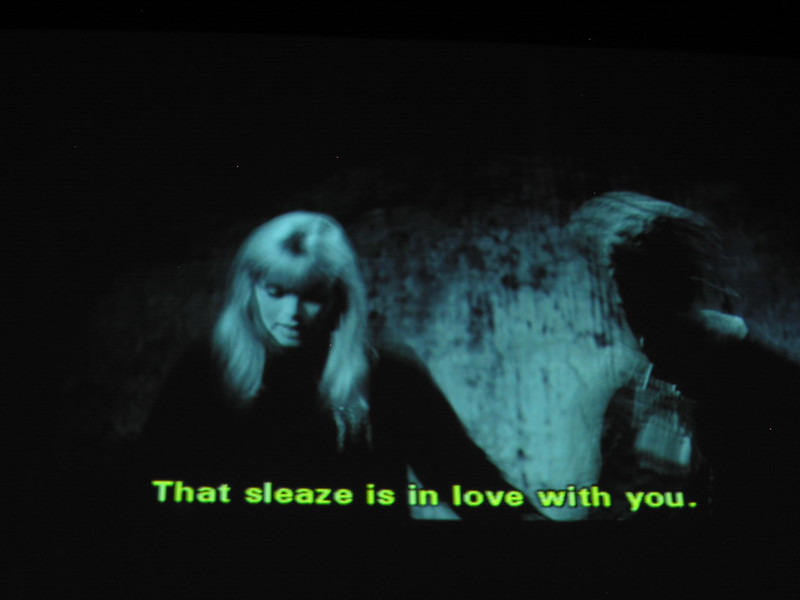Today in 1980, the major broadcast networks began regularly providing closed captioning for their shows, serving Deaf viewers along with hearing ones.
It’s worth remembering that some of the earliest videos, silent films, were captioned.
That changed when talkies began, and Deaf advocates pushed for decades a law requiring captioned versions of films, eventually succeeding in the 1950s.
Those, by the way, were open captions, which were always on the screen.
In the 1960s and 70s, a federal official named Malcolm Norwood started working on a standard for closed captions, which only those who wanted them would see.
The system TV eventually adopted used a space between frames of video to include caption information, which special decoders could read and display on top of TV sets.
PBS began offering closed captioned episodes of Julia Child’s show, “The French Chef,” as well as rebroadcasts of network newscasts with captions.
By 1980, the big networks all adopted closed captioning for shows; by 1982, even live events were captioned.
Not only did this make shows more accessible, people found even more functions for this technology.
Captions made it easier to watch shows in loud places, like gyms or bars.
And they helped people learning English as a second language.
The big challenge today is improving the world of captions on the internet, which tend to range from non-existent to ridiculously inaccurate.
So next time you post a cat video on YouTube, include some captions.
Meanwhile, in Russia, some fans of The Mandalorian just created a 46 foot long, 13 foot high wood and foam rubber replica of the main character’s spaceship, the Razor Crest.
They installed it at a local park, but if you go see it you’ll need to bring your own Baby Yoda.
How Deaf Advocates Won the Battle for Closed Captioning and Changed the Way Americans Watch TV (Time)
Closed captioning (Quartz)
Star Wars fans ‘land’ Mandalorian’s Razor Crest spaceship in Russia (South China Morning Post)
Let’s join forces on Patreon like Mando and Carl Weathers do
Caption photo by niceness via Flickr/Creative Commons

